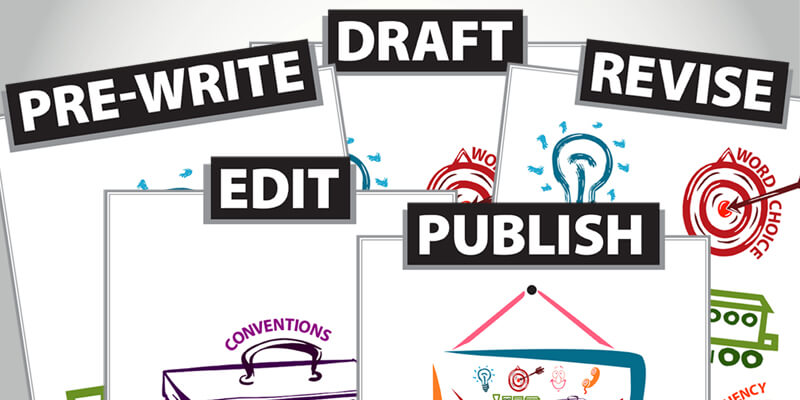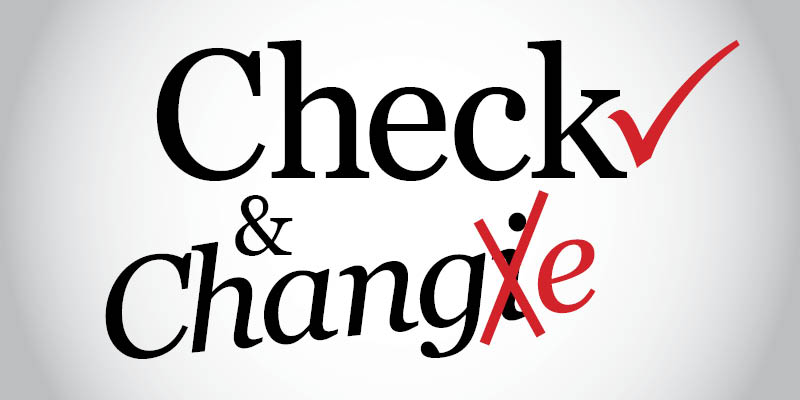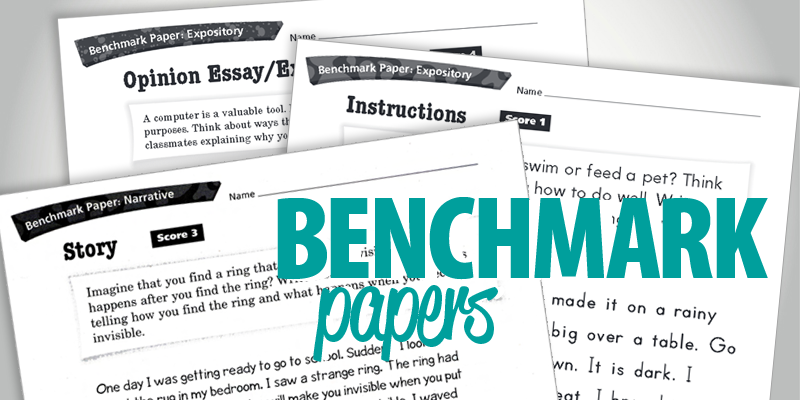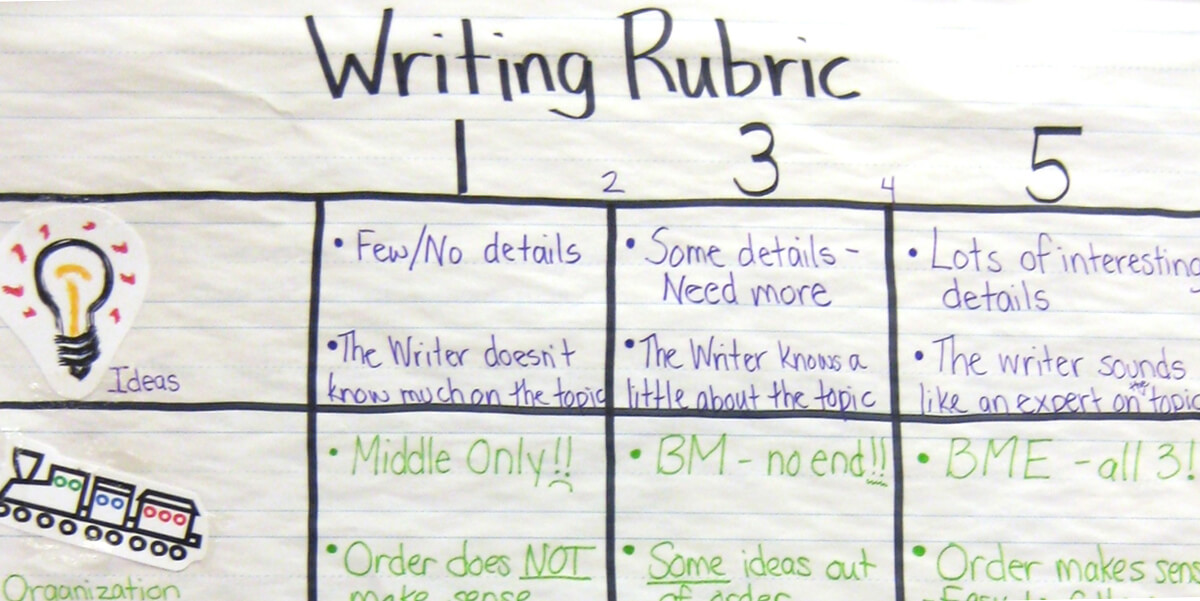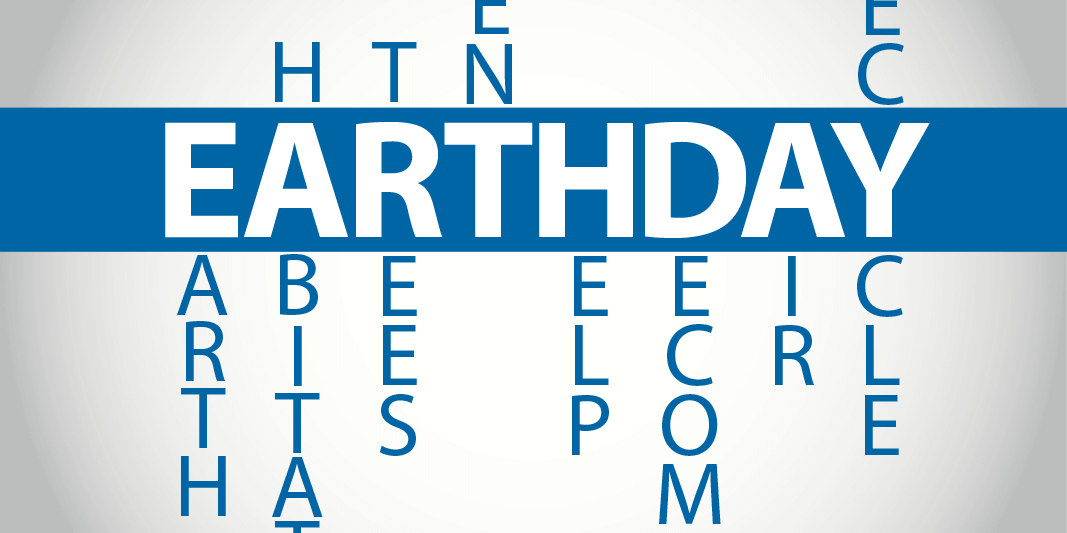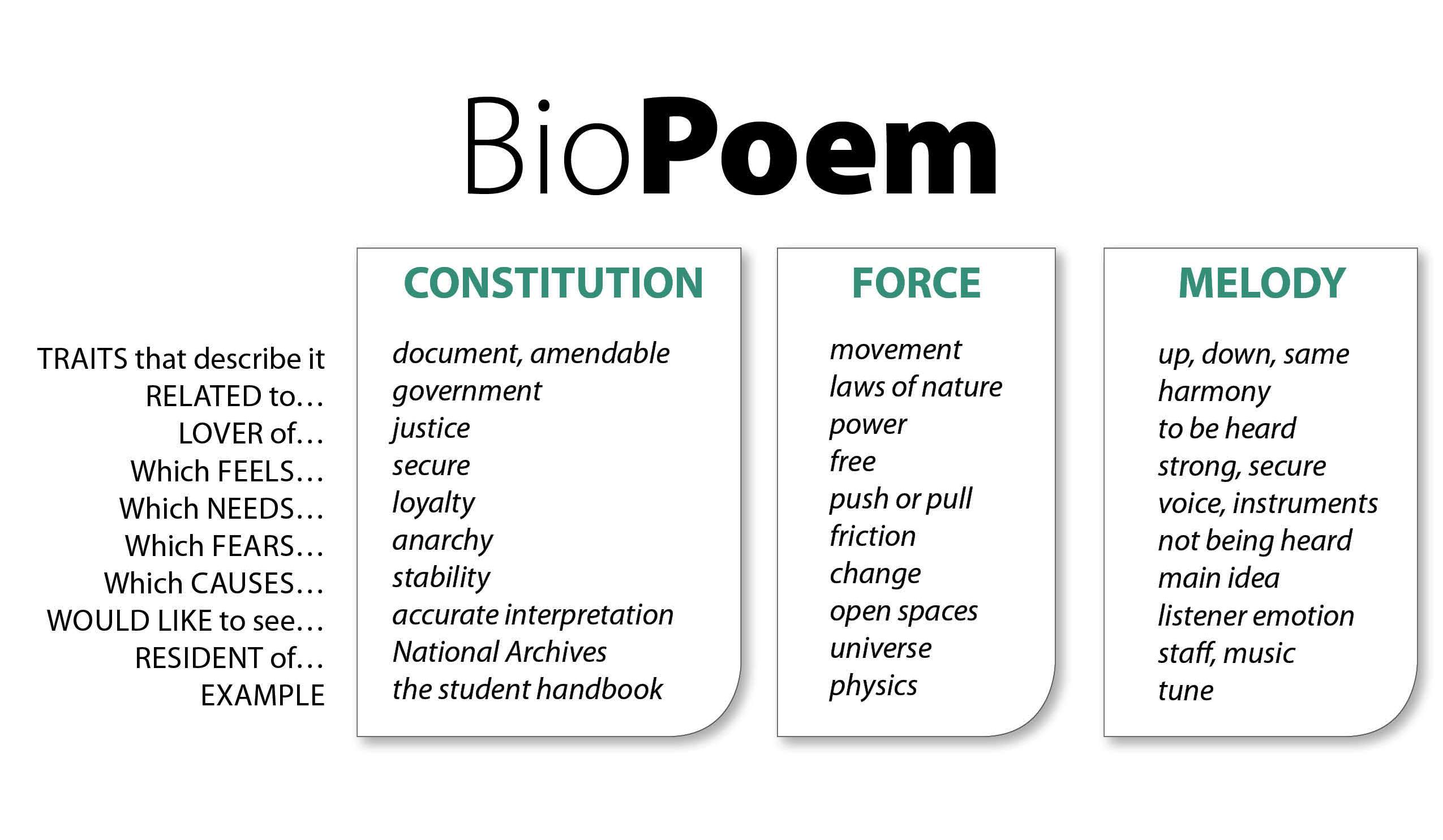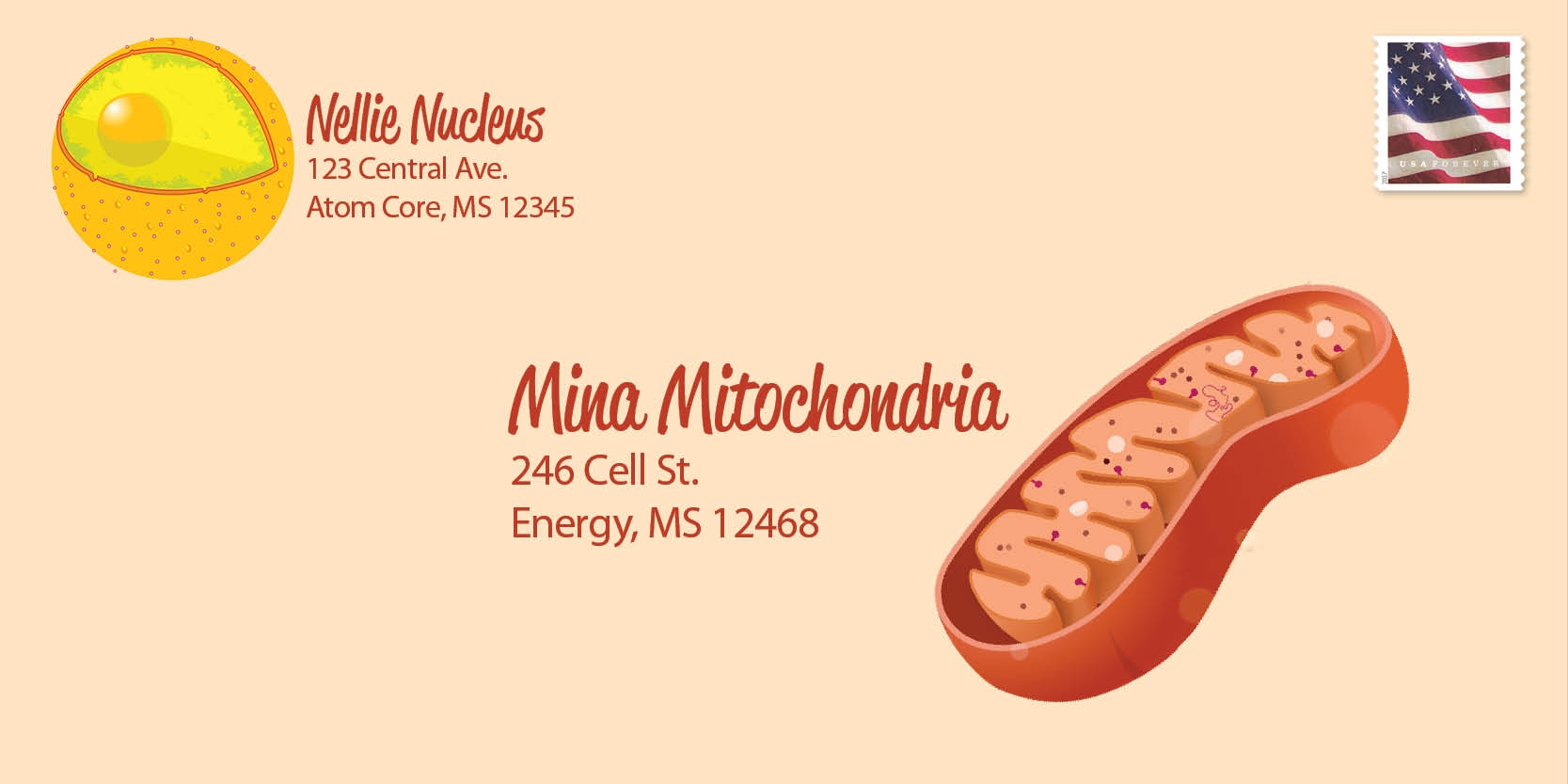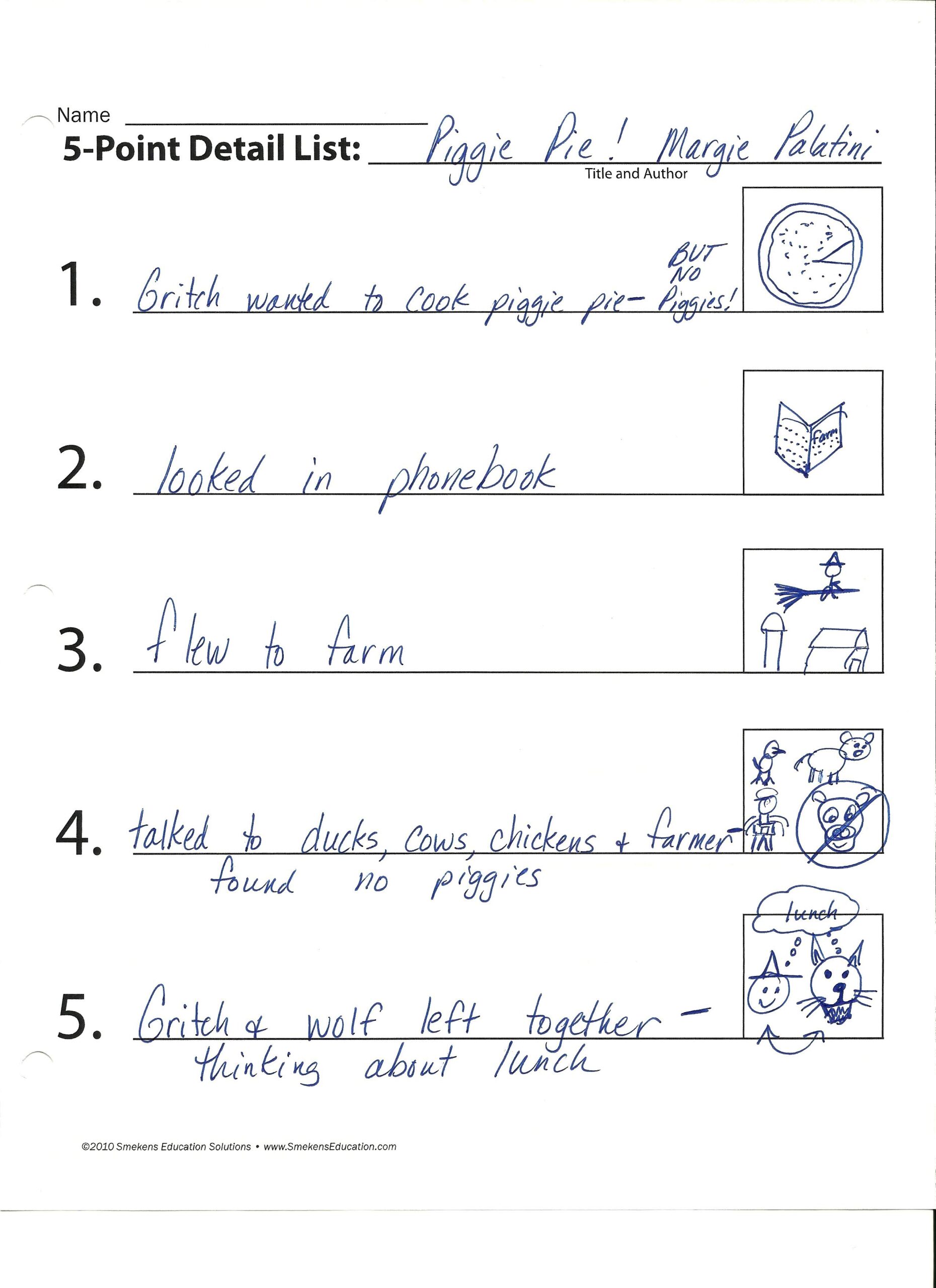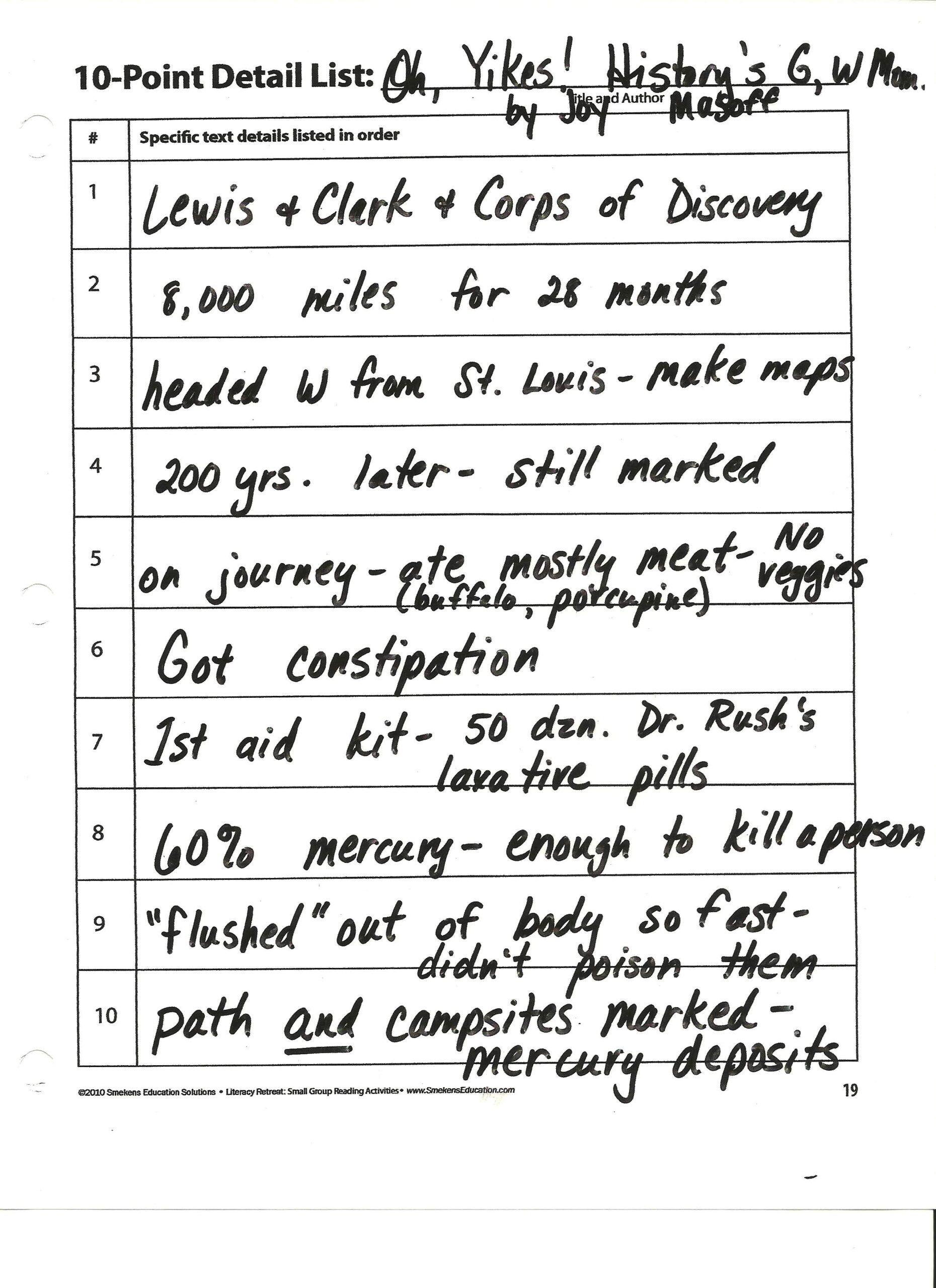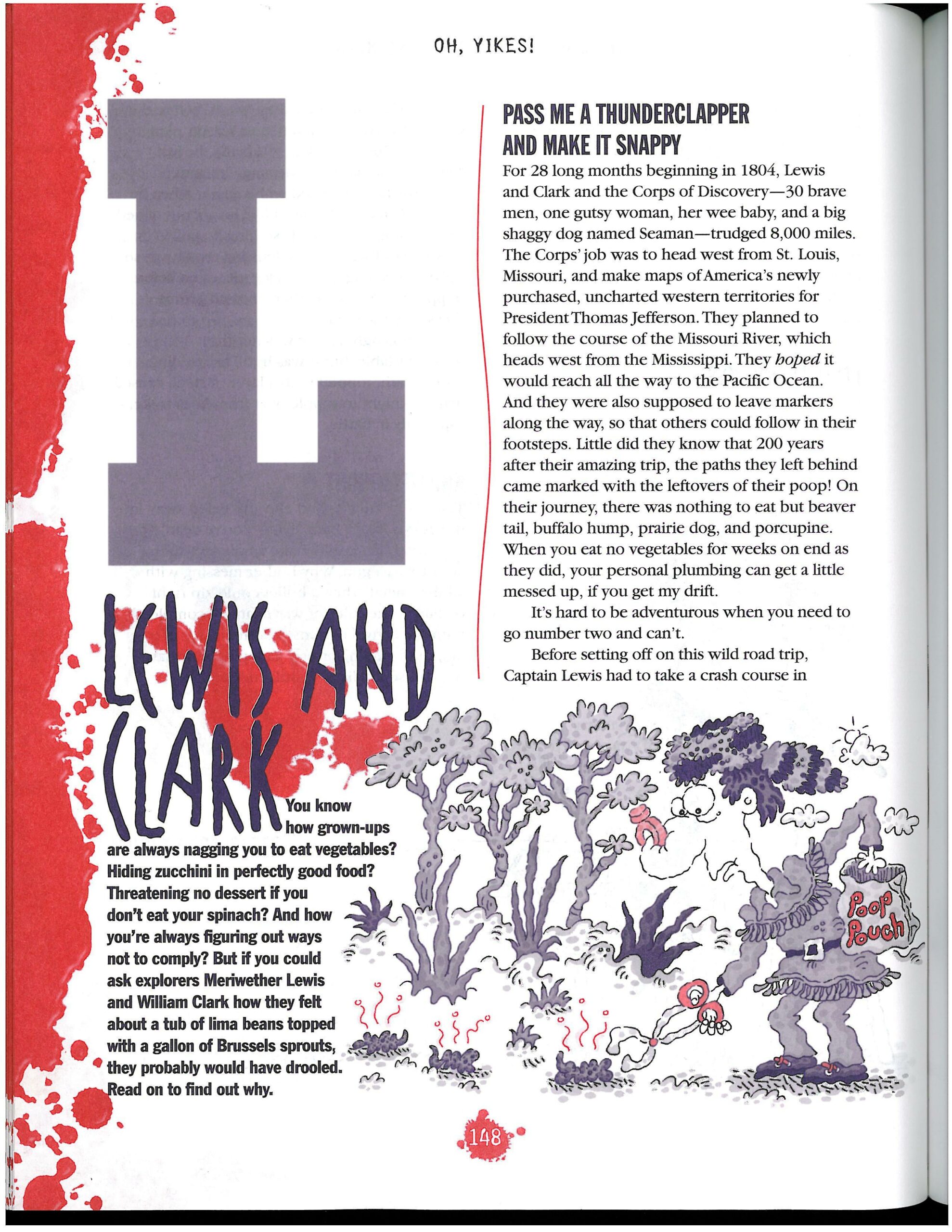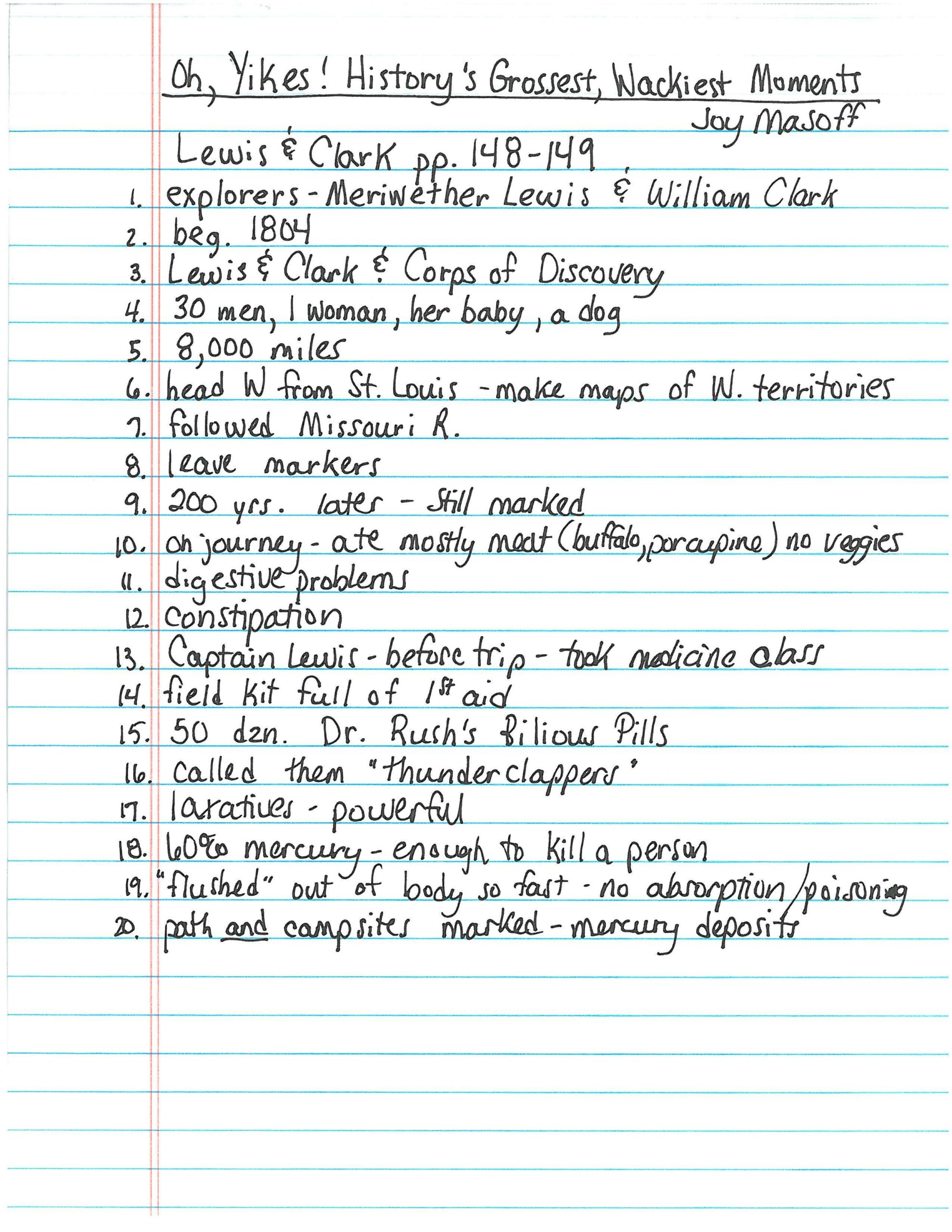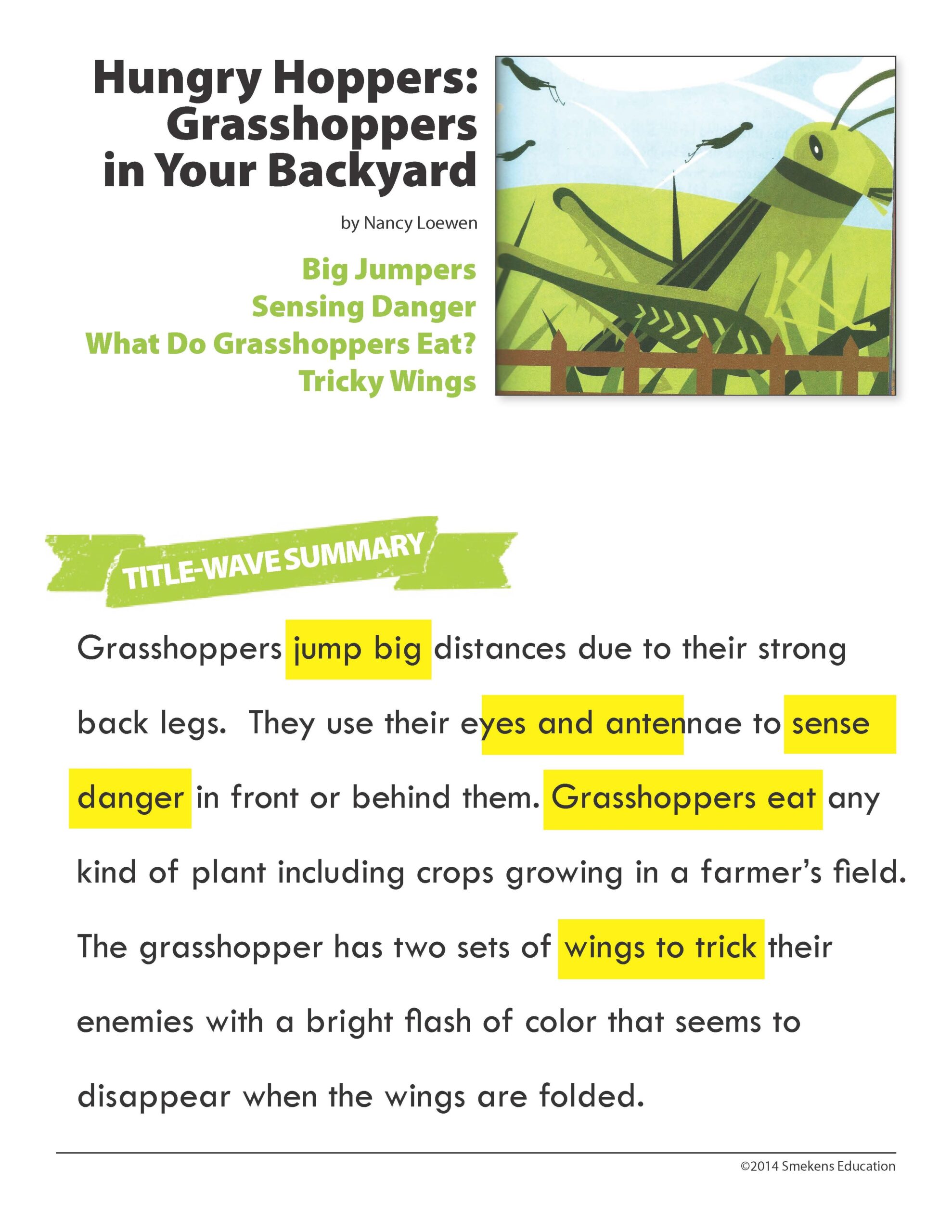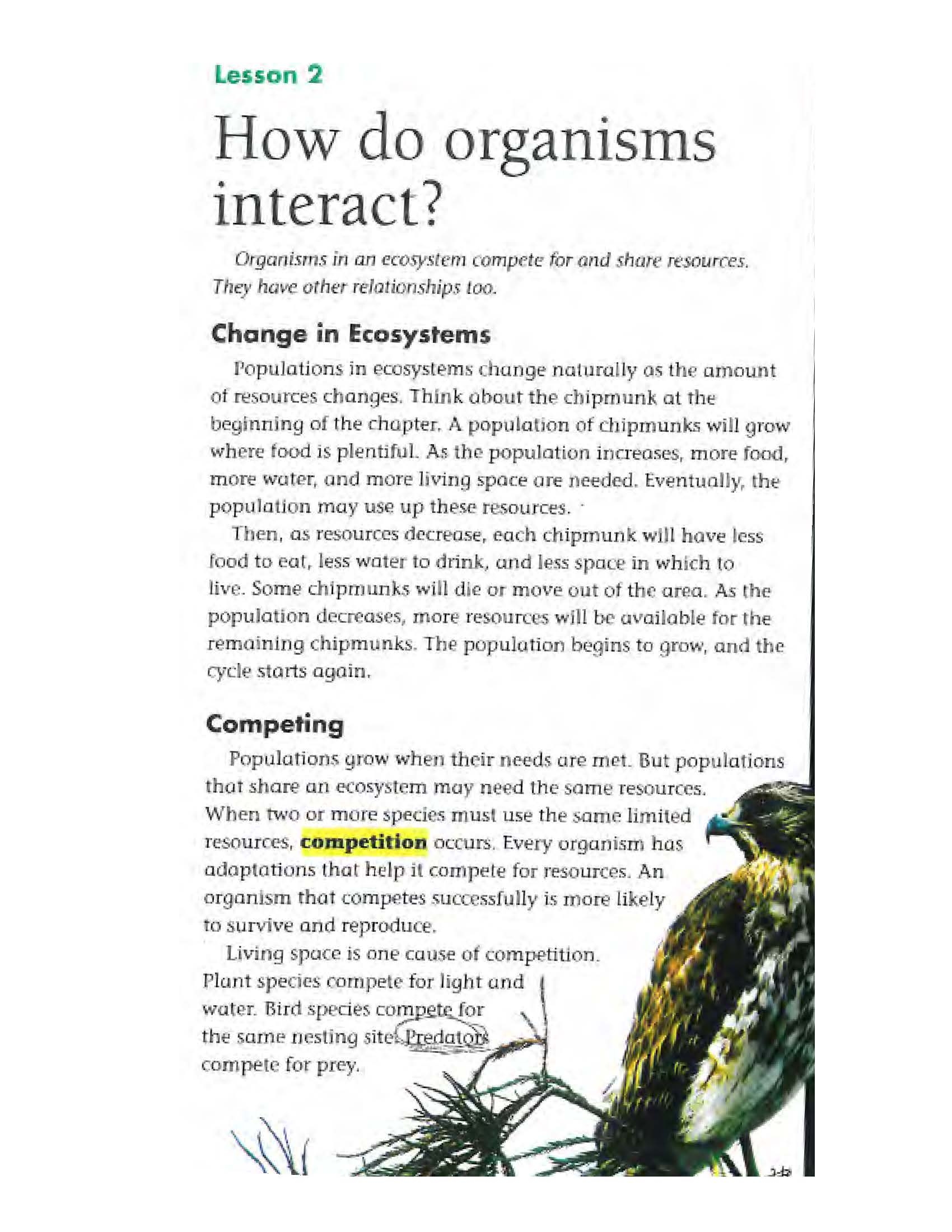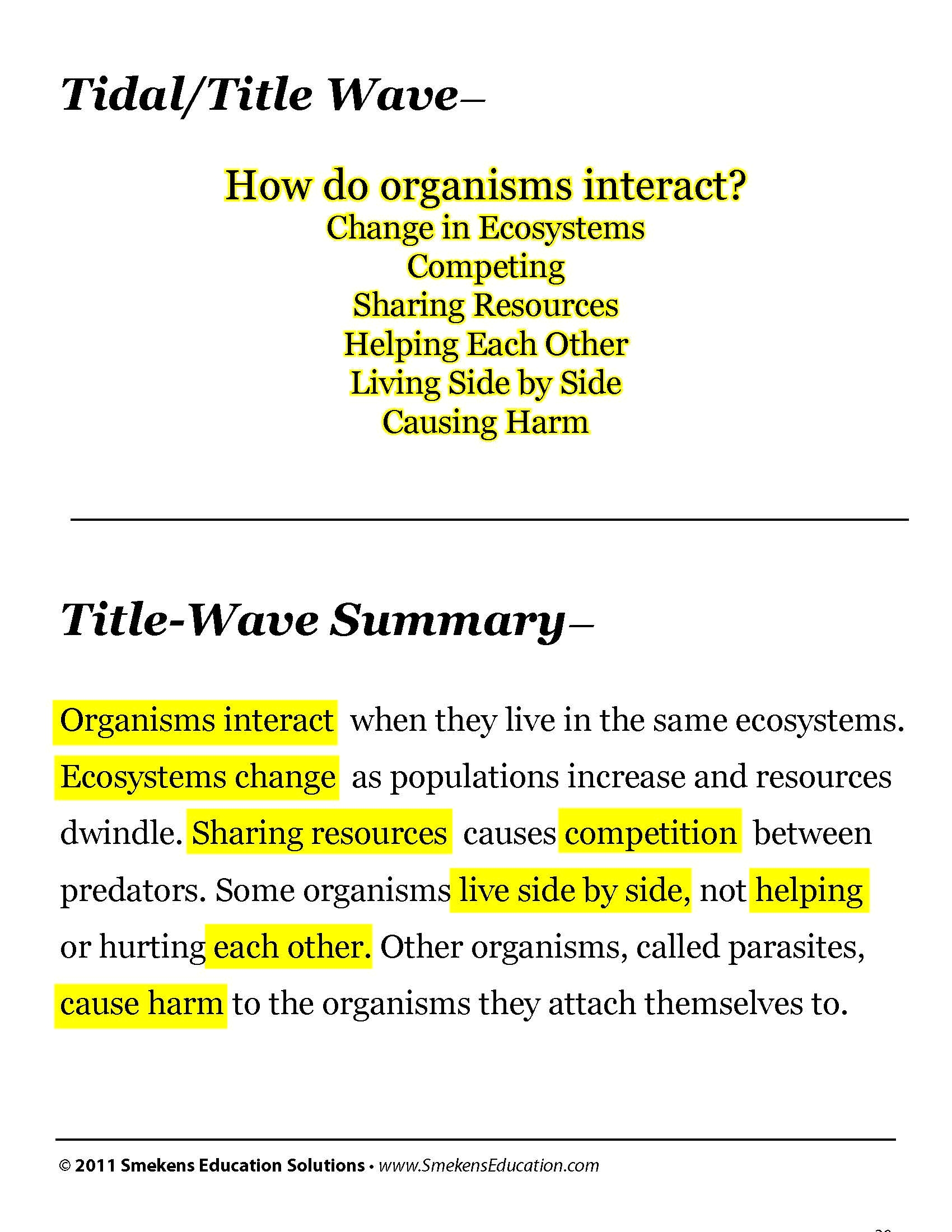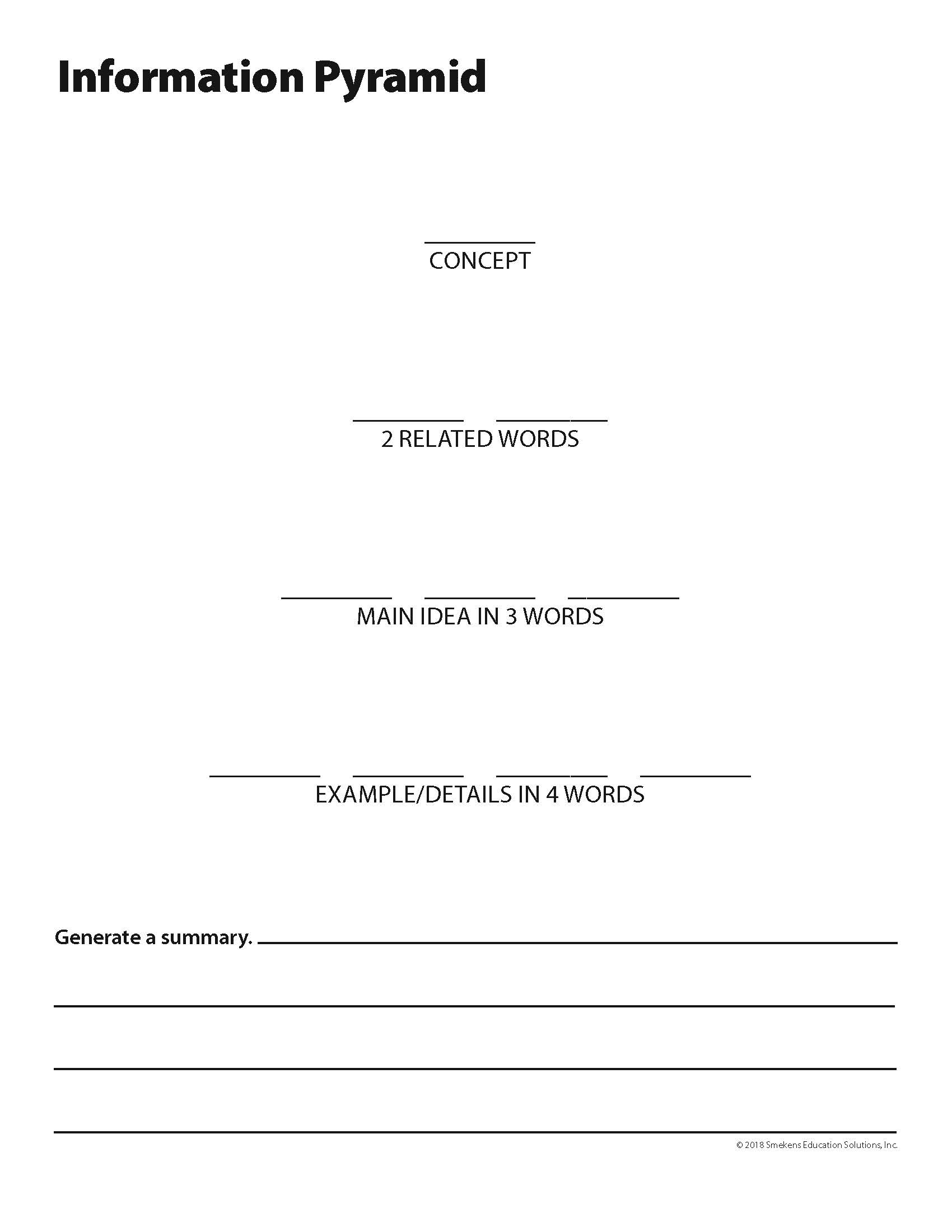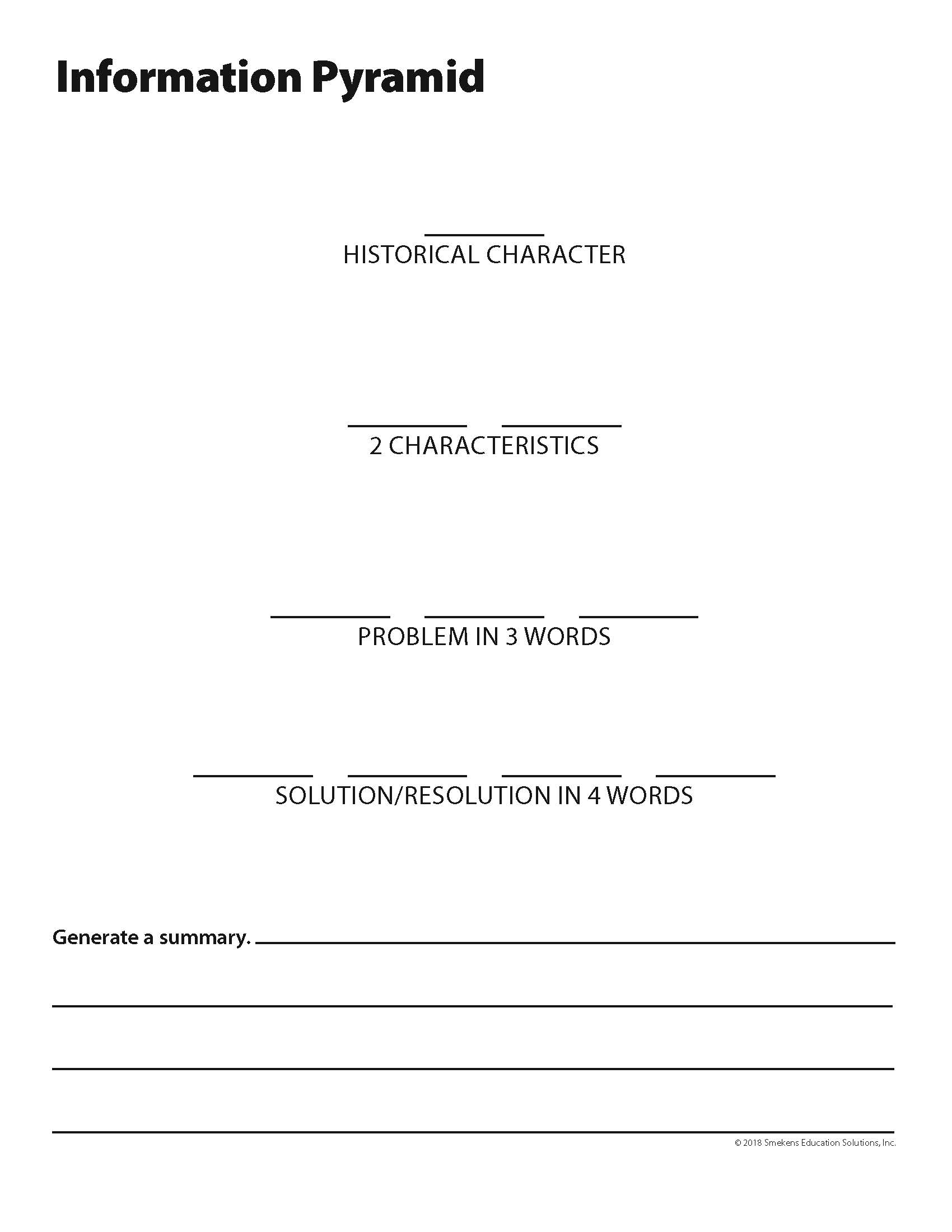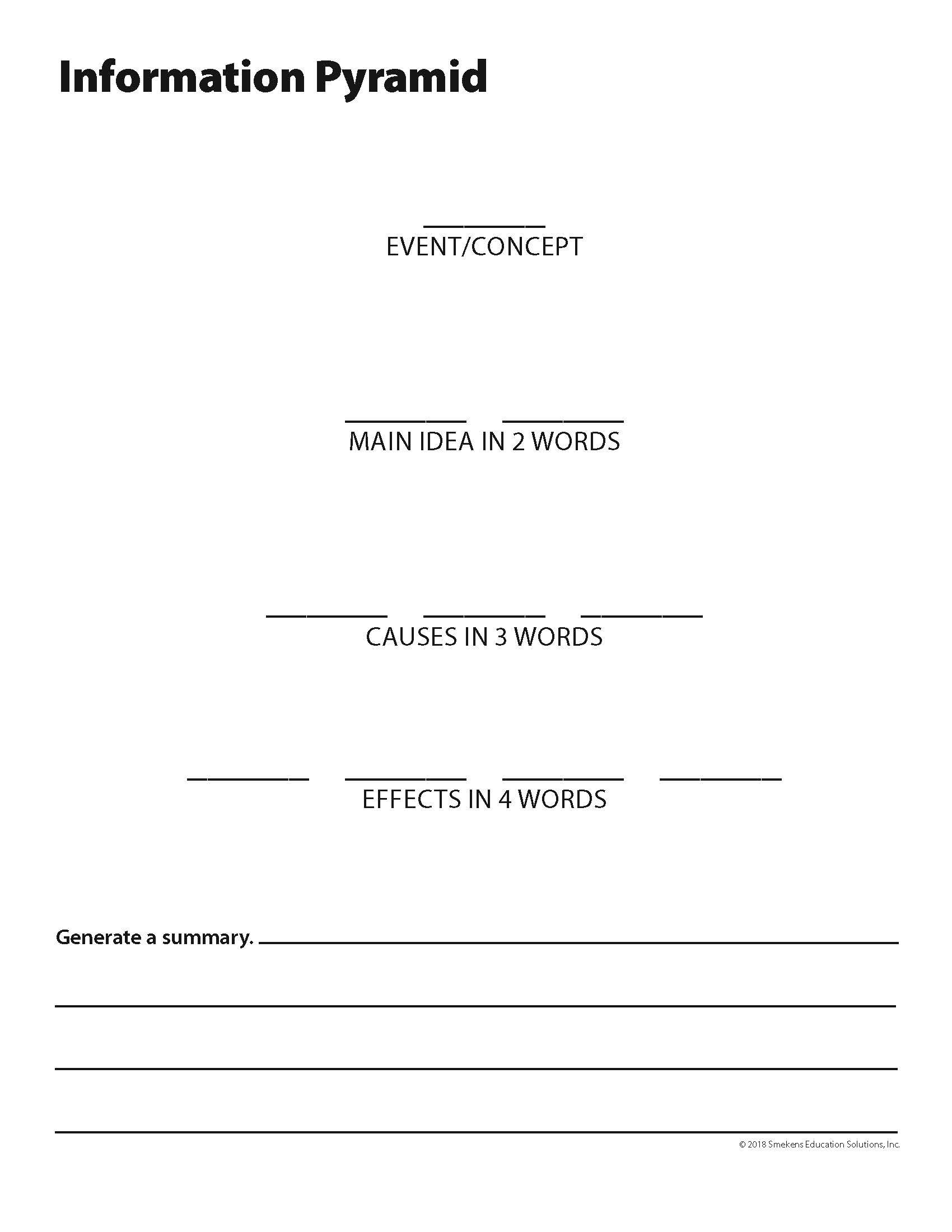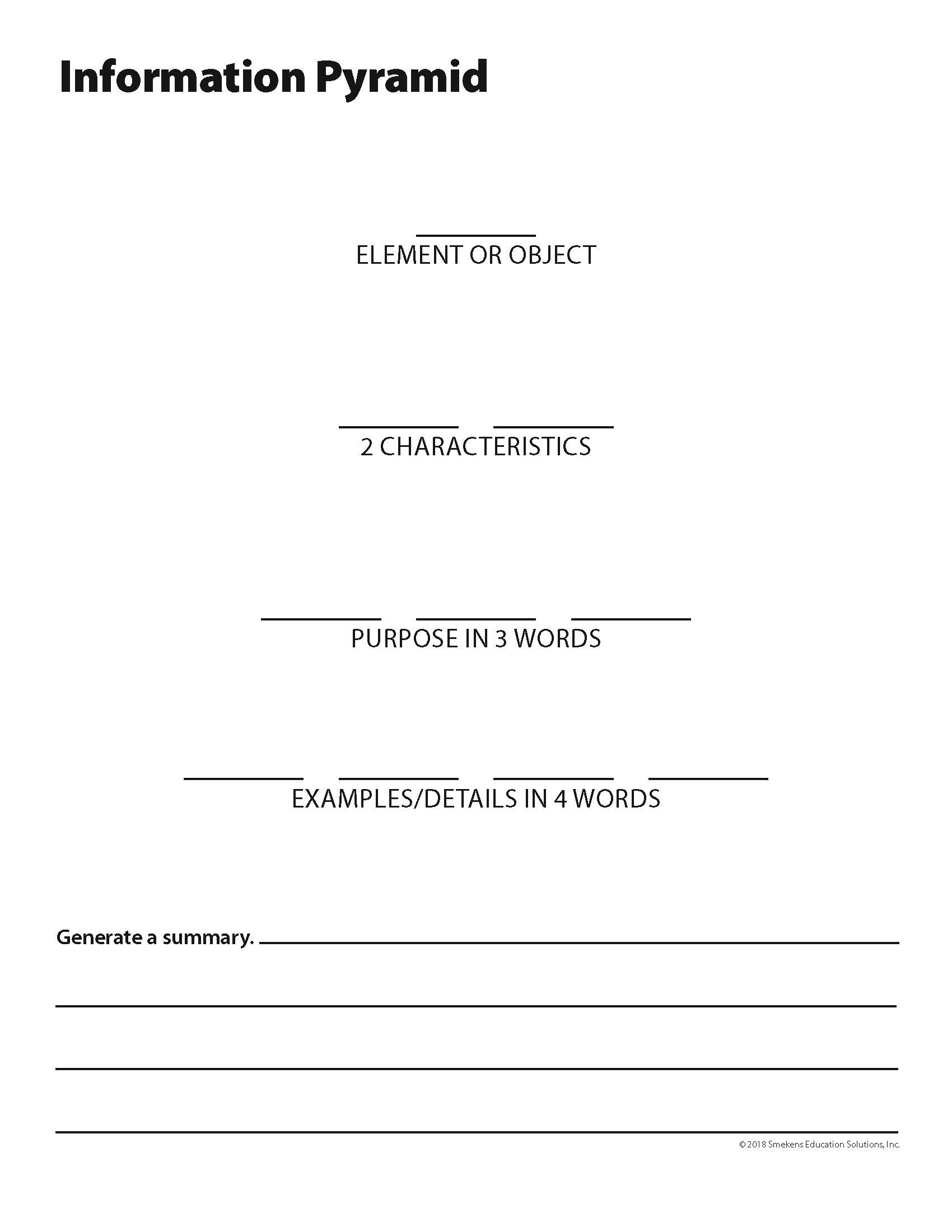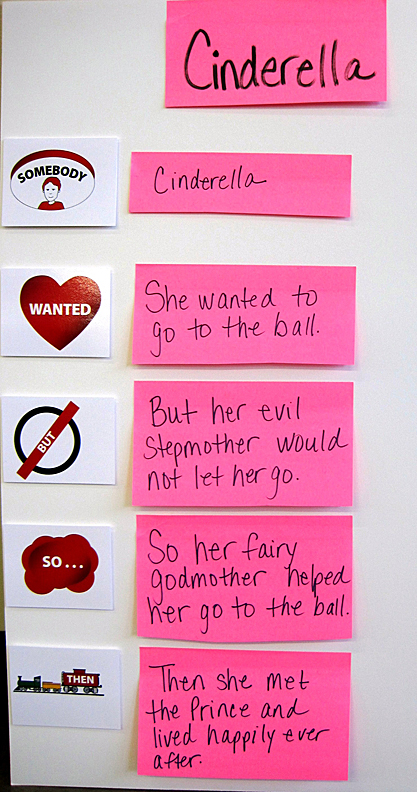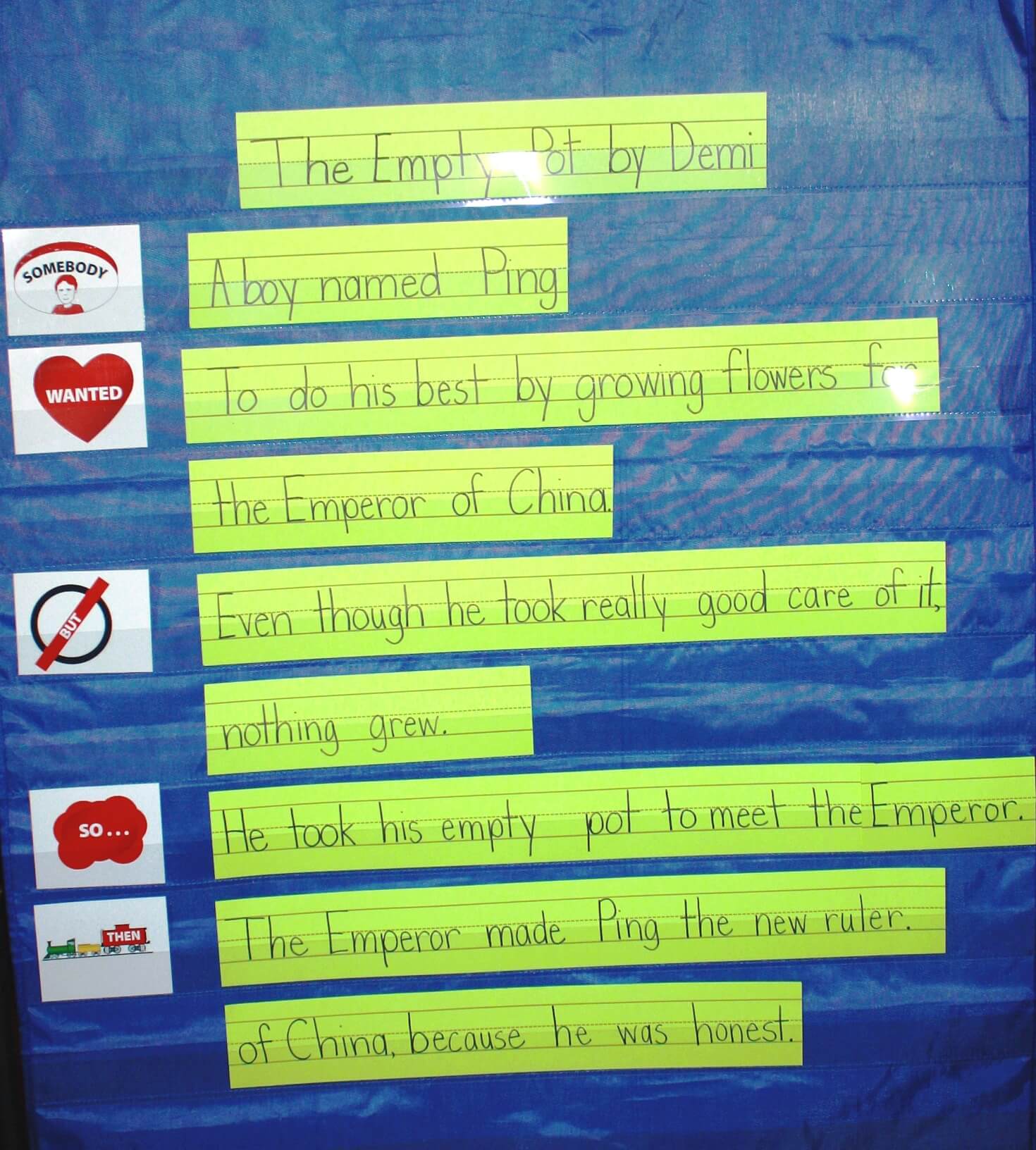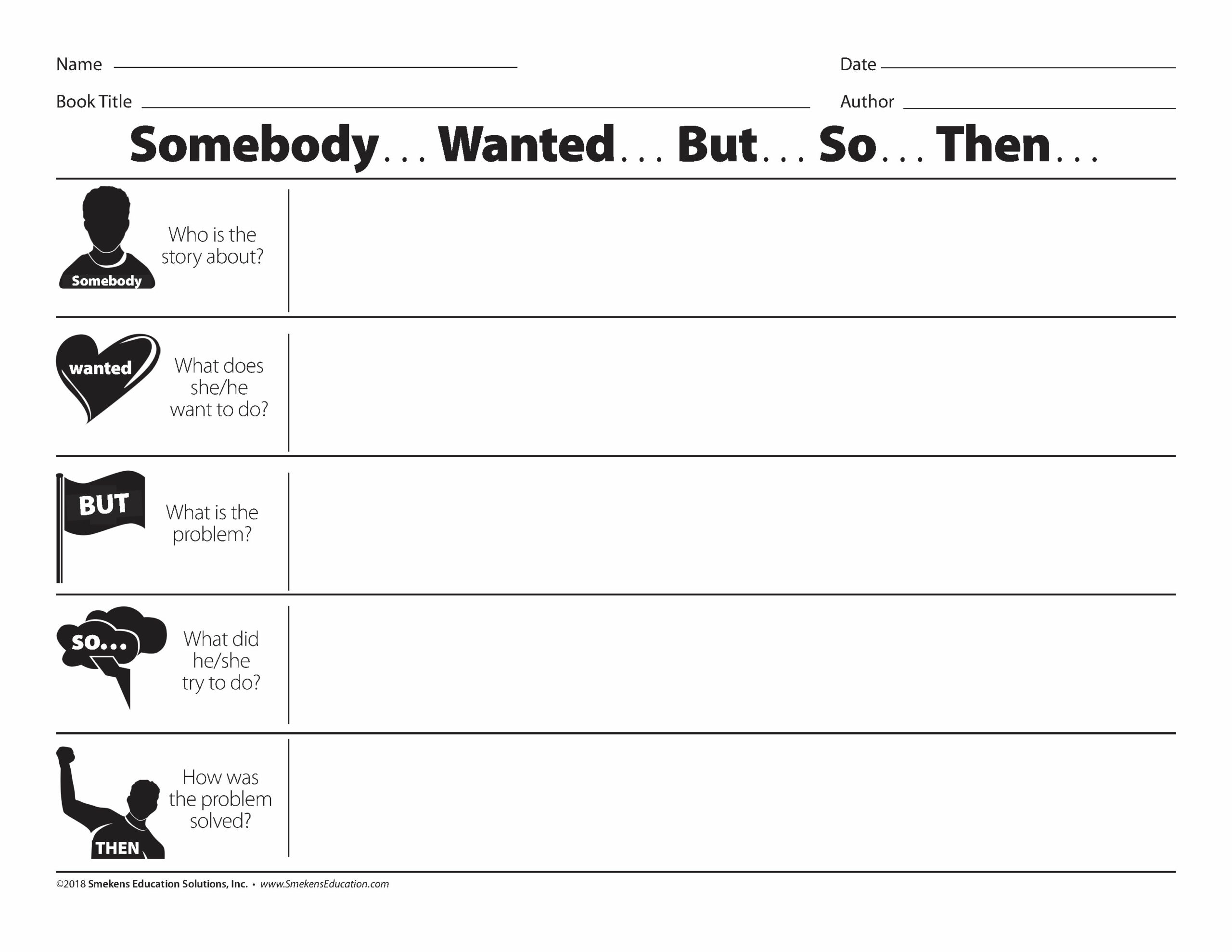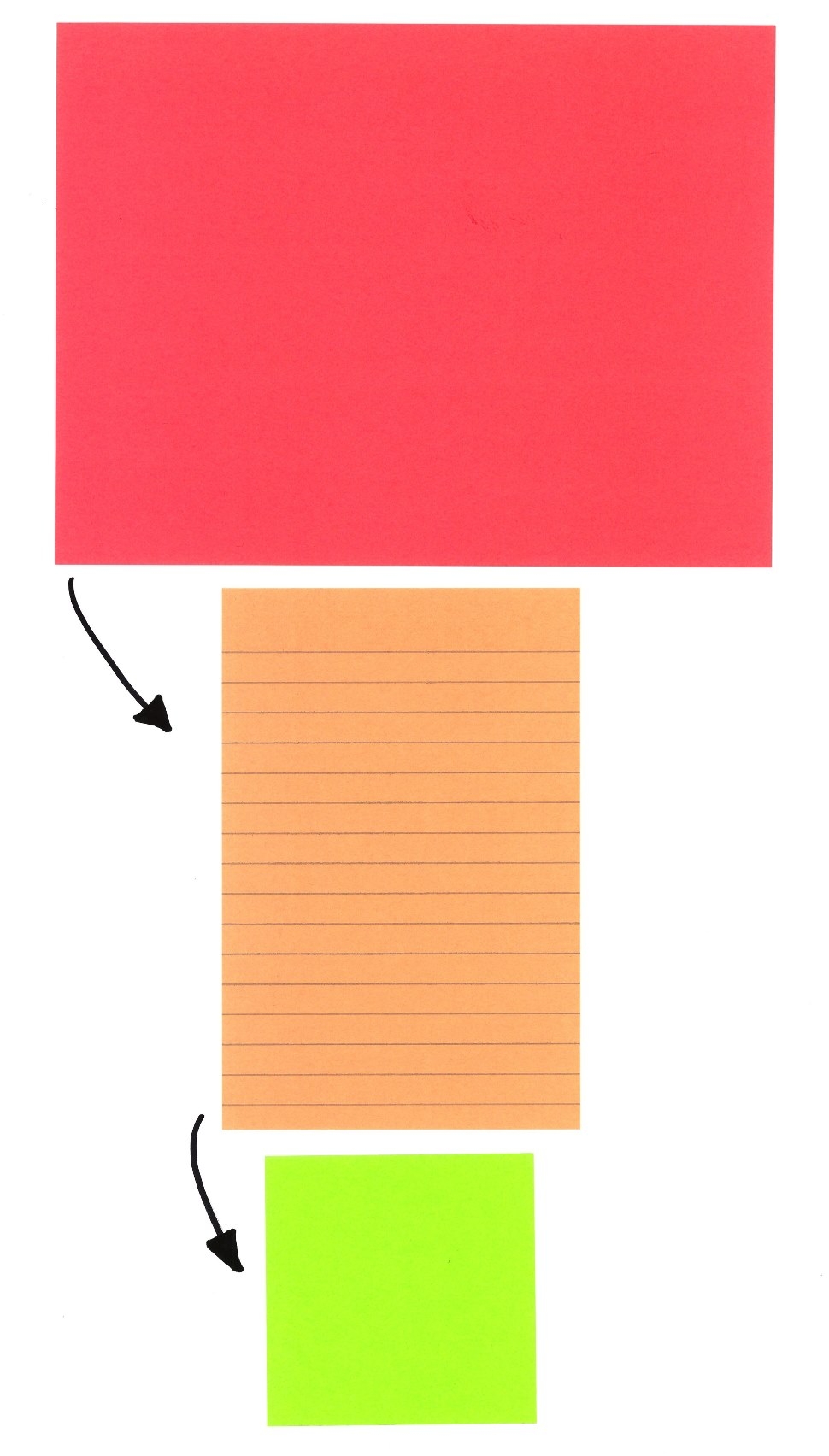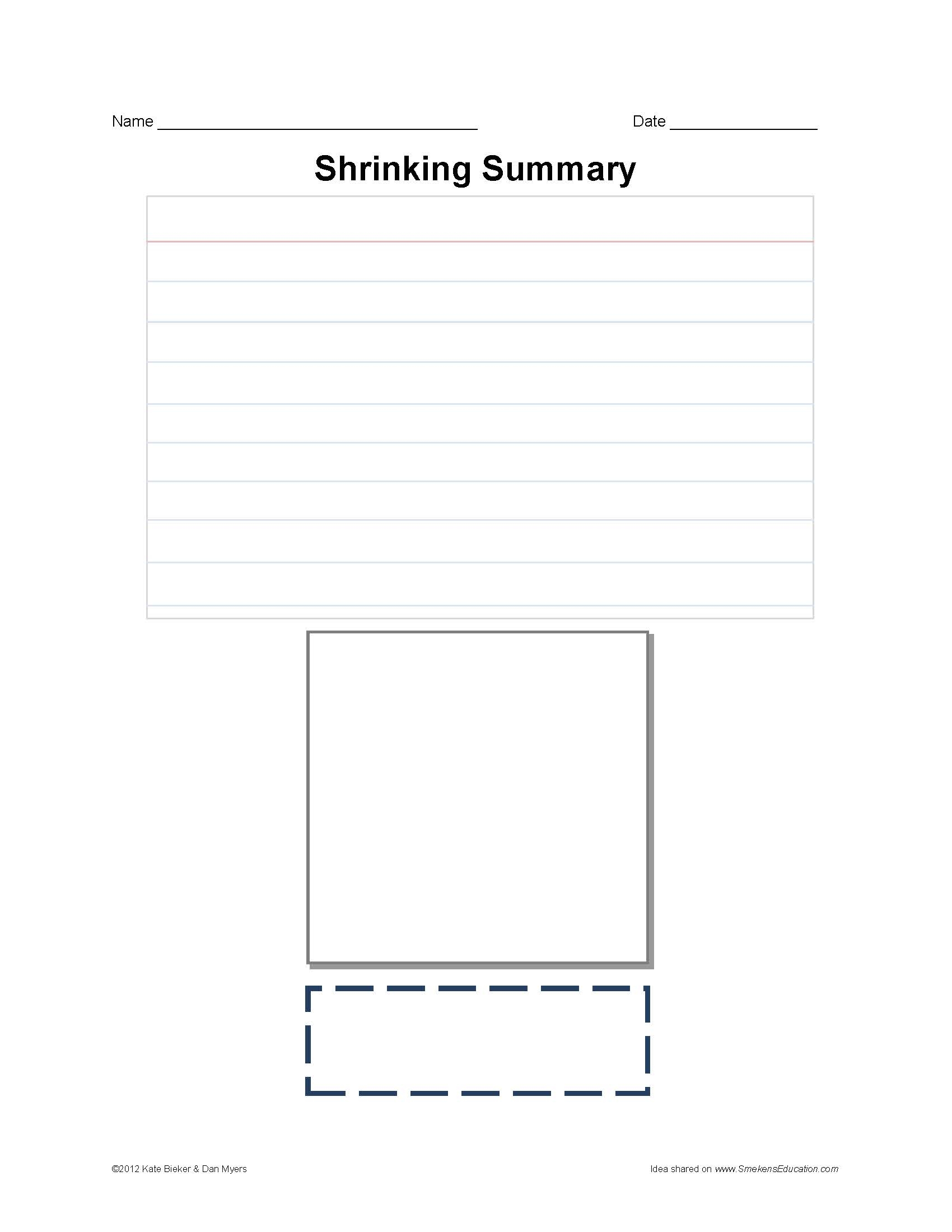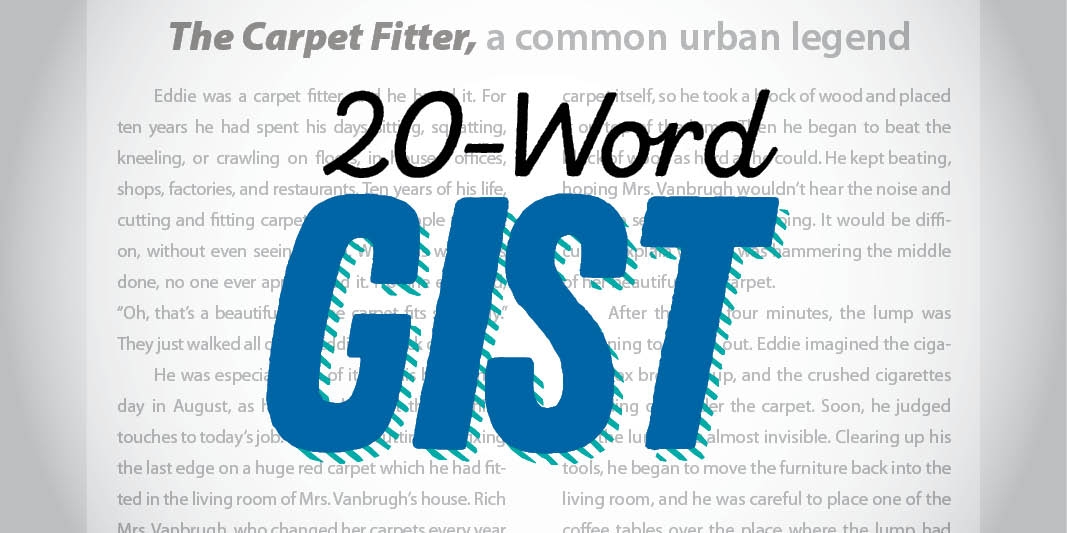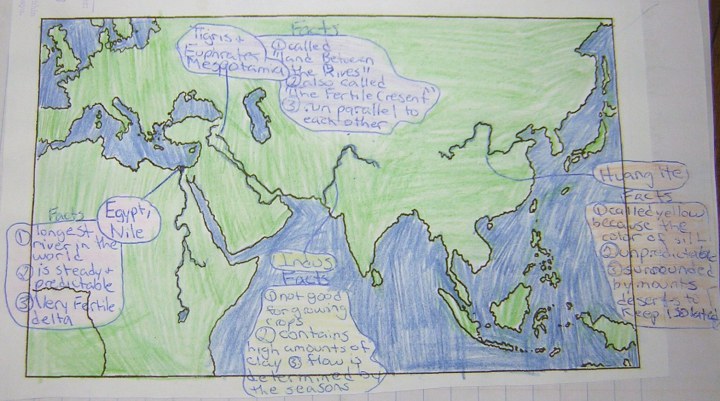Best-of-Smekens Writing Conference:
Writing Remix 2018
SECRET SITE
SESSION 1
Integrate Frequent Writing Experiences in the Content Areas
Efficient writing experiences
Target strong first-draft products
ELA classrooms will engage in the full writing process over multiple days and with multiple drafts. However, in the content-area classroom, first drafts are more common with a “Check & Change” in lieu of formal revision and editing.
Supportive writing experiences
Gauge if students are ready to generate writing independently
Every writing task does not need to be produced independently. First writing experiences within a new genre could be created with peers or small groups.
Effective writing experiences
Teach a skill before assigning a task
After the content learning and before the writing task, provide 3-5 minutes of focused instruction on a specific writing skill.
Relevant writing experiences
Assess content accuracy and essential traits
Obtain a subject-area score (i.e., content knowledge) and a writing score (i.e., traits of ideas, organization, word choice, conventions) per writing task.
SESSION 2
Generate Short & Powerful Content-Area Writing

Simple summary
Generate short explanations in unique formats.
Use the Character Report Card to make a claim.
Use the You Wouldn’t Want to… series to argue.
List
Demonstrate understanding with precise word choice.
TO INFORM | Acrostic Poems
Acrostic Poem Examples
Animals Black and White
Animals in Camouflage
If You Traveled on the Underground Railroad
Correspondence
Add a sense of audience to the writing task.
TO INFORM | Historical Tweets
TO REFLECT | To and From Letters
Equation
Summarize a complex concept with a simple equation.
SESSION 3
Write After-Reading Summaries in the Subject Areas
Define the goal of a summary
Use 4-Step Directions, then 5-Step Directions.
Identify important information with Detail Lists
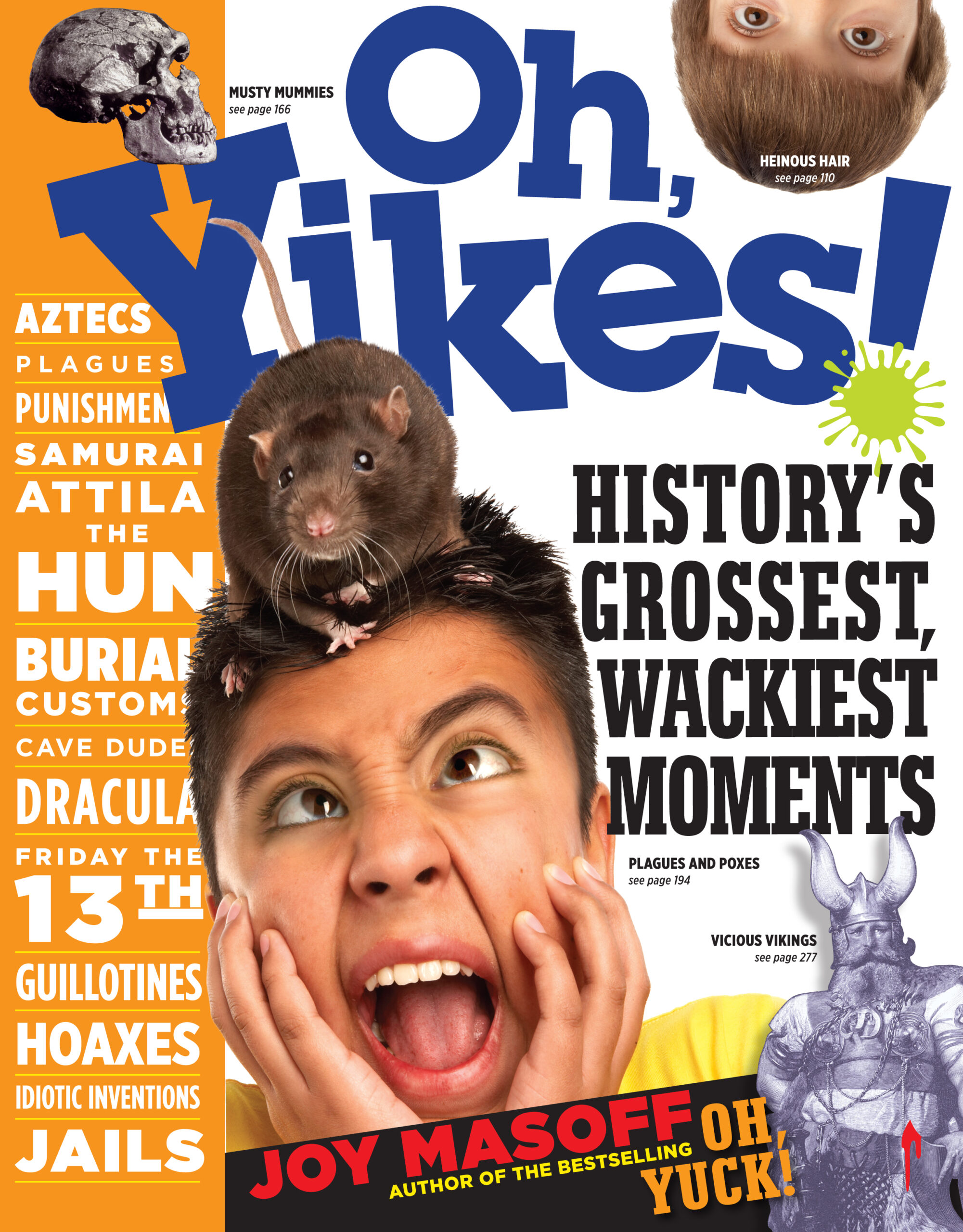
Oh, Yikes! History’s Grossest, Wackiest Moments
Using text features, generate a Title-Wave Summary
Utilize the subheadings of a longer text to generate a summary after reading.
Complete an Information Pyramid
Students customize their understandings by completing an Information Pyramid with no one right answer.
Main Idea & Supporting Details
Template | Smartboard
Chronological (History)
Template | Smartboard
Cause & Effect
Template | Smartboard
Descriptive (Element/Concept)
Template | Smartboard
Support comprehensive summaries with frames
Students can hone their summarizing skills by completing the Somebody… Wanted… But… So… Then… frame.
Shrink the summary
Once students can generate a summary, then whittle down to the main idea from there. Provide smaller and smaller paper (or decrease their word limit). Challenge them to emphasize the most important and utilize precise word choice to create a single-sentence main-idea statement on a sticky note.
SESSION 4
Deepen Content Understanding with Nonfiction Notebooks

Organization
Unit/Section Dividers
Placeholders
Bookmark
Pockets
Fold a page | Envelope
How-to
Gluing Procedures
Notes & Lists PARAPHRASE COMPLEX INFORMATION
Boxes & Bullets
Identify the main idea, key point, or fact learned. Then bullet smaller, related supporting details below/adjacent to it.
Snapple Facts are interesting details | Snapple Real Facts website
Samples & Examples
Paraphrase the steps in a process by creating an example and captioning the steps.
Relationships DEMONSTRATE CONNECTIONS
Cut, Sort, & Label
Using images from pre-fab worksheets, students demonstrate knowledge and add a responsive element to extend their thinking.
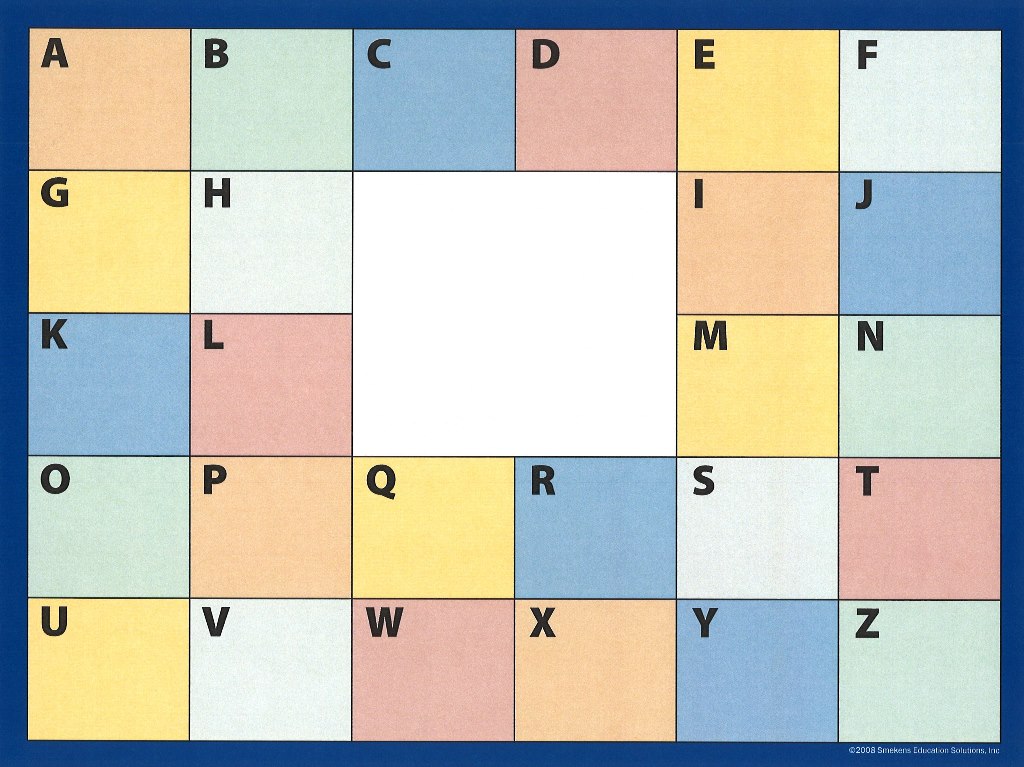
Foldables
Glue in a foldable that includes “flaps” or parts of the whole.
Visuals REVEAL THINKING THROUGH PICTURES
Illustrated Summaries
Labeled Diagram
Sketch accurate & close-up details.
Use the infographics website as a resource for lessons, anchor papers, and for creating infographics.
Piktochart.com | Econ | Heart | Hungry Caterpillar | Government | School Lunch | Body Odours | Deadly Diseases | Penguins | Immigration | Plant Cycle | Exploration
SESSION 5
Improve Math Talk, Science Talk, and Social Studies Talk
Up the student talk within individual conversations
Increase Math Talk with Timed Mingles using WODB
Support the connection between math and language.
Author Video | Purchase Book
Pairs review previously taught content using fun and funny movements using WODB
STAND UP—Discuss the answer to a review question while executing the designated method of delivery.
SIT DOWN—Teacher shares (e.g., I heard…), confirming information and clarifying understanding, as needed.
Review how voting affects communities.
Review how businesses help communities.
Review how money moves through communities.
Review the advantages of railroads.
Review Indiana entrepeneurs.
Review immigrants’ effect on the economy.
For a complete list of Stand-Up, Sit-Down suggestions, check out the Ramp Up Review Bookmark.
Pool thinking with Think, Ink, Pair, Square
Review with ABC-Chart Carousel
High school students review math concepts before a unit test.
Review math concepts on an ABC Chart before a unit test.
Encourage equal participation with Talking Sticks
Redefine work/morning work
Enhance learning with flexible environments
Use furniture as objects in the service of learning.
HORSESHOE: Whole-class conversations are best when students can see each other.
PAIRS/SQUARES: Students think individually and share with a partner. Then two pairs discuss as a small group.
REPRESENT: After discussion time, a representative per group goes to the front of the class to share out.
FISHBOWL: Small group (i.e., fish) is encircled by remaining students (i.e., bowl).
Speak the subject with Talk Moves
Refine own understanding with the melding of others’ ideas. For more specifics on introducing and implementing Talk Moves within math class, check out Rachel Lynette’s blog.
Stephanie Kimmerly provides her Roosevelt Elementary School (Elkhart, IN) students with Talk-Moves bookmarks. This allows them to learn the various sentence starters for each one.
Bridget Longmeier introduces Talk Moves to third graders. “This is going to be game changing for our school with a 60% EL population! We need to get them talking and listening, and this is a great strategy to get them started.”

